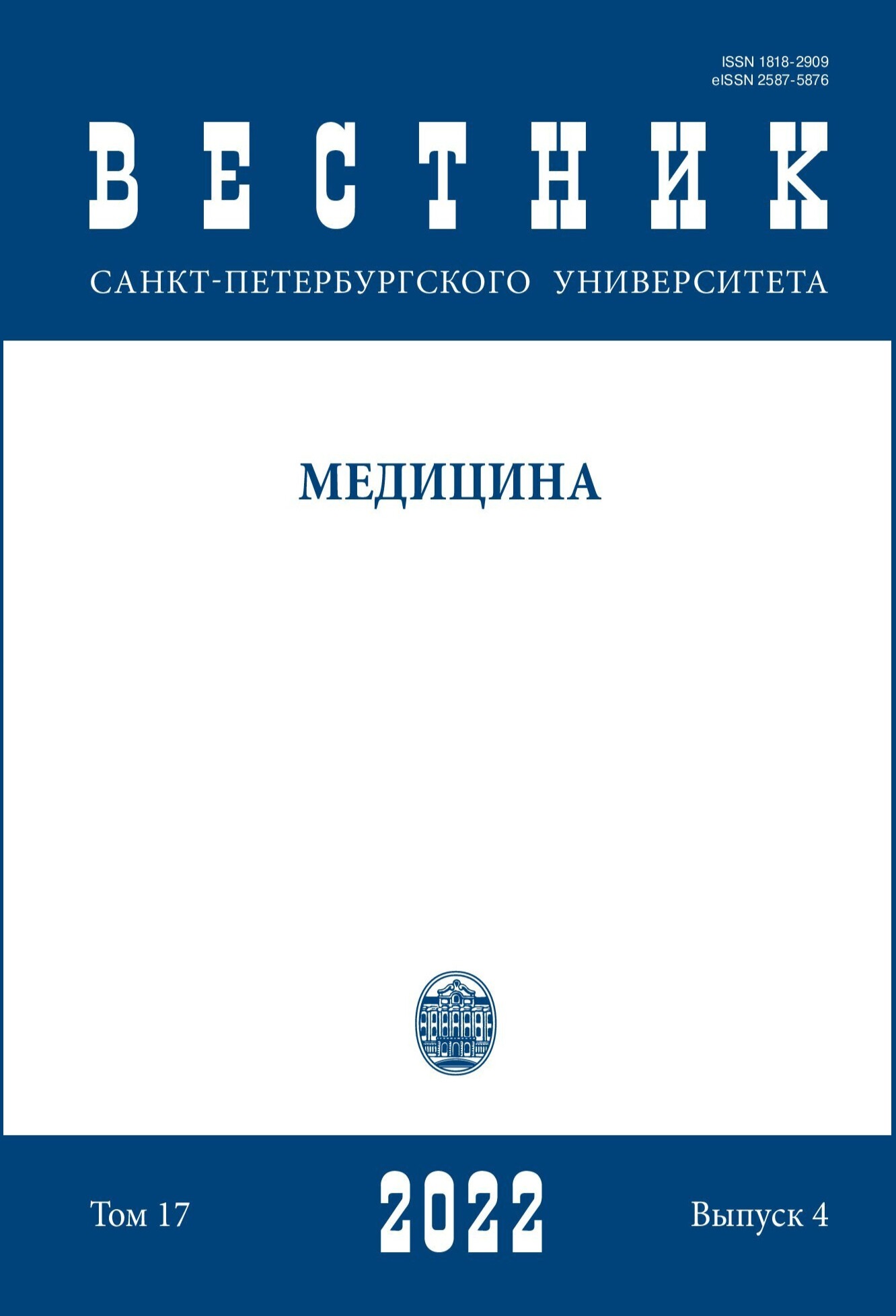Атриопатия и фибрилляция предсердий. Часть I
DOI:
https://doi.org/10.21638/spbu11.2022.402Аннотация
Фибрилляция предсердий является наиболее распространенной наджелудочковой тахикардией, частота регистрации которой увеличивается с возрастом. Эта форма аритмии наблюдается при различной как кардиальной, так и некардиальной патологии. Наиболее значимыми последствиями фибрилляции предсердий являются тром- боэмболические осложнения. Считается, что источником эмболий являются тромбы в области ушка левого предсердия, однако риск тромбоэмболий сохраняется и после стабилизации предсердного ритма, что указывает на более сложный механизм нарушений гемостаза при этой патологии. Нет единого понимания взаимосвязи структурных и функциональных изменений предсердий и фибрилляции предсердий, что влияет на перспективы лечения. Существующие методики катетерных операций у больных с фибрилляцией предсердий не учитывают индивидуальных особенностей механизма аритмии, что влияет на результаты лечения. В первой части обзора рассматриваются анатомия, гистология и физиология предсердий, их основные клеточные элементы и электрофизиологические особенности. Описаны основные экспериментальные и клинические модели аритмии; факторы, провоцирующие фибрилляцию предсердий, и механизмы ее стабилизации. Проведен анализ процессов электрофизиологического
и структурного ремоделирования. Обсуждаются понятия атриопатии и предсердной кардиомиопатии, приводится классификация. Представлены механизмы нарушений гемостаза и возможные направления коррекции.
Ключевые слова:
атриопатия, воспаление, инсульт, кардиомиопатия, кардиомиоцит, левое предсердие, патогенез, ремоделирование, тромбоэмболия, фибрилляция предсердий, фиброз
Скачивания
Библиографические ссылки
References
Загрузки
Опубликован
Как цитировать
Выпуск
Раздел
Лицензия
Статьи журнала «Вестник Санкт-Петербургского университета. Медицина» находятся в открытом доступе и распространяются в соответствии с условиями Лицензионного Договора с Санкт-Петербургским государственным университетом, который бесплатно предоставляет авторам неограниченное распространение и самостоятельное архивирование.




